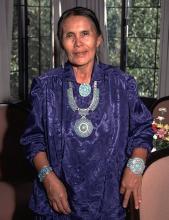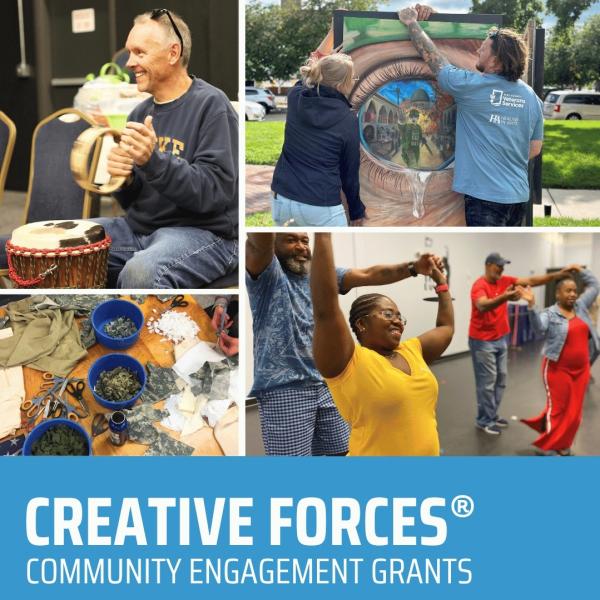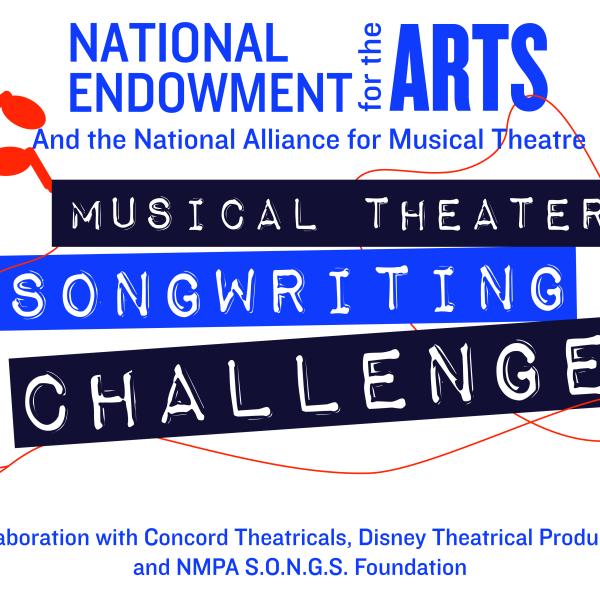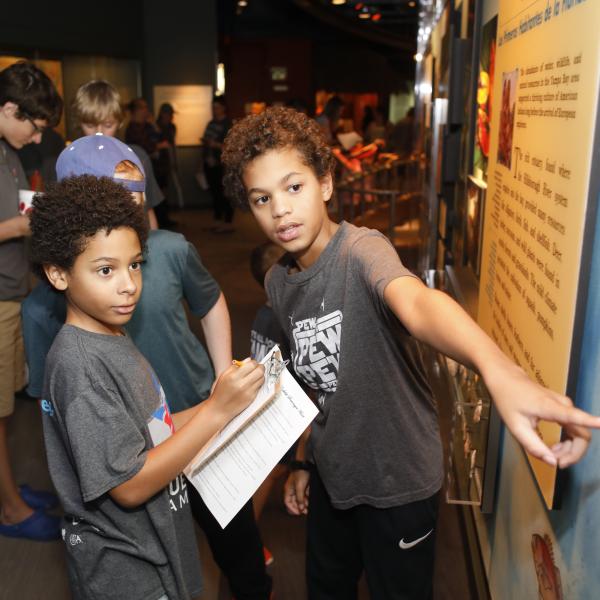National Endowment for the Arts Statement on the Death of National Heritage Fellow Mary Holiday Black
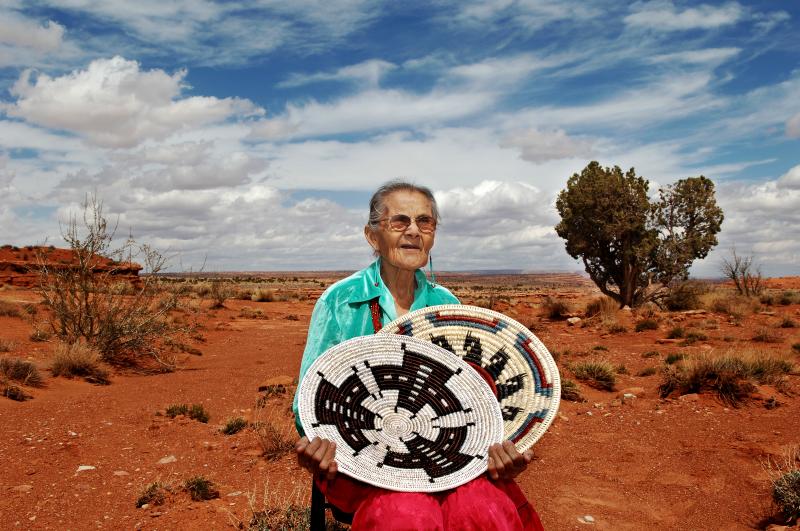
1995 NEA National Heritage Fellow Mary Holiday Black. Portrait by Tom Pich
Washington, DC—It is with great sadness that the National Endowment for the Arts acknowledges the death of Navajo Basketweaver, Mary Holiday Black, of Mexican Hat, Utah, recipient of a 1995 NEA National Heritage Fellowship, the nation’s highest honor in the folk and traditional arts.
Mary Holiday Black was born about 1934 high atop the Douglas Mesa near the northern boundary of the Navajo reservation in Utah's Monument Valley. A member of the Bitter Water Clan, she was raised in a community of traditional Navajo artists and religious practitioners. Her mother was a rug weaver and her father was a medicine man. At age 11, she learned to weave rugs from her mother and baskets from a friend of her grandmother's. She learned not only the techniques of gathering, cutting, dyeing, and weaving the willow (sumac), but also the rich store of meaning associated with baskets.
Women in the community maintained the tradition of weaving ceremonial baskets at the same time they wove rugs to sell to trading posts. Even when rug weaving offered greater economic incentives, Black remained active at basketweaving by passing her skills along to her children. Nine of her 11 children and their families became active basket makers.
Considered by leaders in the field to be the matriarch of contemporary Navajo basketweaving, Black introduced several innovations during the 1970s that proved critical to its survival, sparking a renaissance of Navajo basketry. She stretched the traditional limitations of design, keeping the black-white-and-red color scheme but expanding the baskets beyond the size appropriate for ceremonial use. Some of her coiled-tray "wedding baskets," used in a number of ceremonial rituals, reached five feet in diameter. She also expanded the jar, the other principal extant Navajo basket type, far beyond its previous size.
Black took up the vegetable dyes, whose use she had learned from her mother, creating subtle hues and shades not possible with artificial dyes. She introduced new motifs gleaned from prehistoric Anasazi and Mimbres pottery and rock art and from other tribes of the Southwest. She also borrowed imagery from other Navajo crafts, especially sand painting and rug weaving, incorporating both geometric designs and images with religious significance, like the yei-be-chei (supernatural beings), into her baskets. In many instances this pictorial style alludes to mythological scenes, spiritual figures, legends, and scenes from everyday life, leading many to label these creations as "story baskets."
"There are many basket stories," Black said. "If we stop making the baskets, we lose the stories."
Mary Holiday Black was the first citizen of the Navajo Nation and the first Utahn to receive the NEA National Heritage Fellowship. A generous culture bearer, her fellowship continued to resonate in a positive way throughout her life. According to the Utah Division of Arts & Museums, she was integral to the summer Indian Arts Education retreats for teachers in Monument Valley, always teaching with her shy smile. Black has been honored by Utah Folk Arts, Utah Arts Council, and the State of Utah. She received the Southwestern Association of American Indian Art (SWAIA) Lifetime Achievement Award and the 1995 Utah Governor's Folk Art Award.
Related Content
Contact
Allison Hill, Public Affairs
hilla@arts.gov


